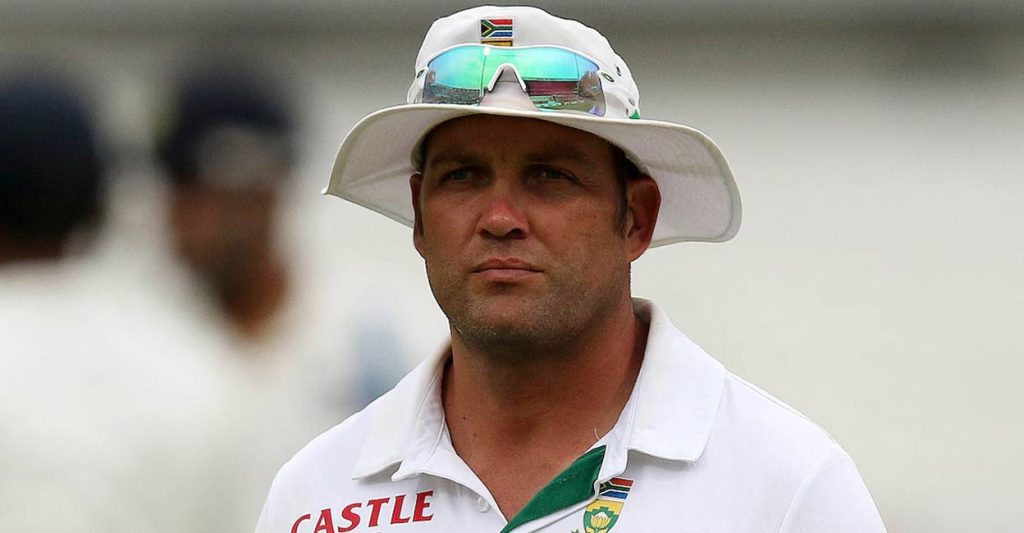The Legacy of Gary Sobers
Gary Sobers is widely regarded as the finest all-rounder in the history of international cricket, thanks to his unparalleled versatility and skill on the field. He was not only the premier batsman of his era but also demonstrated the ability to dismantle any bowling attack, batting comfortably at various positions. Sobers also excelled in bowling, offering both left-arm medium pace and orthodox as well as unorthodox spin. As a fielder, he was exceptional, especially in the slips, and he served as the captain of the West Indies for nearly eight years.
Modern Comparisons
Each generation of cricket enthusiasts has its contenders for who might rival Sobers as an all-rounder. The years following World War II saw talents like Australia’s Keith Miller and India’s Vinoo Mankad, both adept with bat and ball. After a lull in the 1970s, the cricketing scene was electrified by four fast-bowling all-rounders: Kapil Dev, Ian Botham, Imran Khan, and Richard Hadlee, all capable of turning Test matches with their performances. However, since then, only Jacques Kallis of South Africa stands out, drawing comparisons with Sobers due to his remarkable run and wicket tally.
Kallis: A Unique All-Rounder
In contrast to many all-rounders who often bat in the middle order, Kallis established himself as a full-fledged top-order batsman. He primarily occupied the crucial No. 3 or 4 position in the batting lineup during most of his career, and he usually opened the bowling too. This dual responsibility of being a leading run-scorer and a key strike bowler is unmatched by other cricketers on the list. His workload during his career exemplifies the immense pressure he faced every time he took the field.
Early Career and Debut
Kallis was fortunate to begin his playing career after South Africa’s return to international cricket in 1991, which allowed him the chance to showcase his talents on a global stage. He was identified early on by talent scouts and played for the South African under-17 team before making his first-class debut. A stint in England helped refine his skills, and by December 1995, he made his international debut in a Test against England, although it was a disappointing start, scoring only one run.
Rise to Greatness
It took Kallis some time to hit his stride in international cricket, with his first Test century coming two years after his debut in December 1997. Gradually, he solidified his role at No. 3, culminating in an impressive stretch where he scored centuries in five consecutive Tests from late 2003 to early 2004. This achievement elevated his wicket to one of the most prized targets for opposing bowlers.
Bowling Responsibilities
When Kallis joined the South African squad, they boasted a formidable pace attack, including Allan Donald and Shaun Pollock. As players like Donald and Pollock retired, Kallis’s bowling role became increasingly crucial. In his later years, he transitioned smoothly to support the next generation of bowlers, including Dale Steyn and Kagiso Rabada.
Statistical Greatness
Kallis’s greatness is evident in his statistics: he is one of the few players to surpass 10,000 runs in both Test matches and One Day Internationals (ODIs). His total of 24,868 runs, including 13,289 in Tests and 11,579 in ODIs, ranks him fourth in all-time run-scorers. Additionally, Kallis took 292 wickets in Tests and 273 in ODIs, sustaining a batting average of 55.37 in Tests and 44.36 in ODIs. His remarkable 200 catches in Tests illustrate his exceptional skills as a slip fielder.



